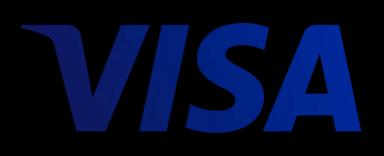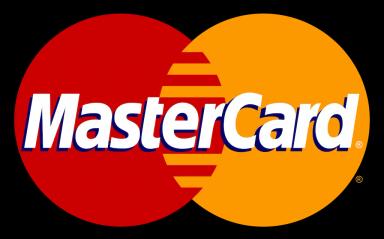How to Fix 404 Errors in Google Search Console (Step-by-Step Guide)

A 404 error, often known as “Page Not Found,” is one of the most prevalent problems that website owners encounter. While 404 errors are common, too many might harm your site's SEO and user experience. Fortunately, Google Search Console (GSC) offers an easy method for detecting and fixing problems. Here's a step-by-step guide for resolving 404 issues and keeping your website healthy.
What is the 404 error?
A 404 error happens when a user (or a search engine) attempts to access a URL that does not exist on your website. This could be the result of a deleted page, an error in the URL, or an invalid link from another site.
Step-by-Step Guide to Fixing 404 Errors in Google Search Console
Step 1: Log into Google Search Console.
Go to Google Search Console and sign in using your Google account. Select the property (website) to check for 404 problems.
Step 2: Go to the “Pages” report.
From the left-hand menu, select “Indexing” > “Pages.”
This section displays a list of URLs that Google attempted to crawl, along with their status, including those that returned a 404 error.
Step 3: Identify 404 errors.
Scroll down to the “Why pages aren't indexed” section and check for URLs tagged as “Not found (404).”
Clicking on it will display a list of URLs that are affected. These are the pages Google attempted to visit but couldn't find.
Step 4: Check the URL Details.
To obtain additional information, click on a certain URL. Click “Inspect URL” to learn when Google last attempted to crawl it and what the response was. This helps establish whether the error is genuine or transitory.
Step 5: Determine How to Fix the Error.
Once you've located 404 pages, you have a few options based on the cause:
1. Redirect the URL: If the page has been relocated or replaced, use your CMS or .htaccess file to set up a 301 redirect to the new or most appropriate page (for Apache servers).
2. Restore the Page: If the page was destroyed by mistake, re-upload or recreate it using the same URL.
3. change Internal Links: If you discover any broken links on your site, change them to the right URLs.
4. Leave it Alone: If the page is no longer needed and there are no inbound links, it is acceptable to leave it 404. Google will eventually remove it from its index.
Step 6: Verify the fix in Google Search Console.
Return to the 404-error report in GSC once you have resolved the issue (for example, by redirecting or restoring the page). Click “Validate Fix” to instruct Google to re-crawl the page and re-check the status.
Best Practices for Avoiding the Future 404 Errors
1. Check your site for broken links on a regular basis.
2. Create a unique 404 page to assist users in finding the information they want.
3. Check backlinks to guarantee that other websites are not linked to expired URLs.
4. Avoid eliminating pages unless absolutely required.
404 errors might be unpleasant, but they are solvable with Google Search Console's features. Regular monitoring and timely action not only increase your site's SEO performance, but also the user experience. By following the procedures outlined above, you may rapidly resolve 404 errors and keep your website in good shape.
Making the best choice for your website design and development firm is crucial since it can affect how successful your online presence is. Call Friendly Marketing today for a consultation and let us build your professional website right away!
products
payment method
Accept all major debit and credit cards from customers in every country.
© 2000 Friendly Marketing | terms & conditions





